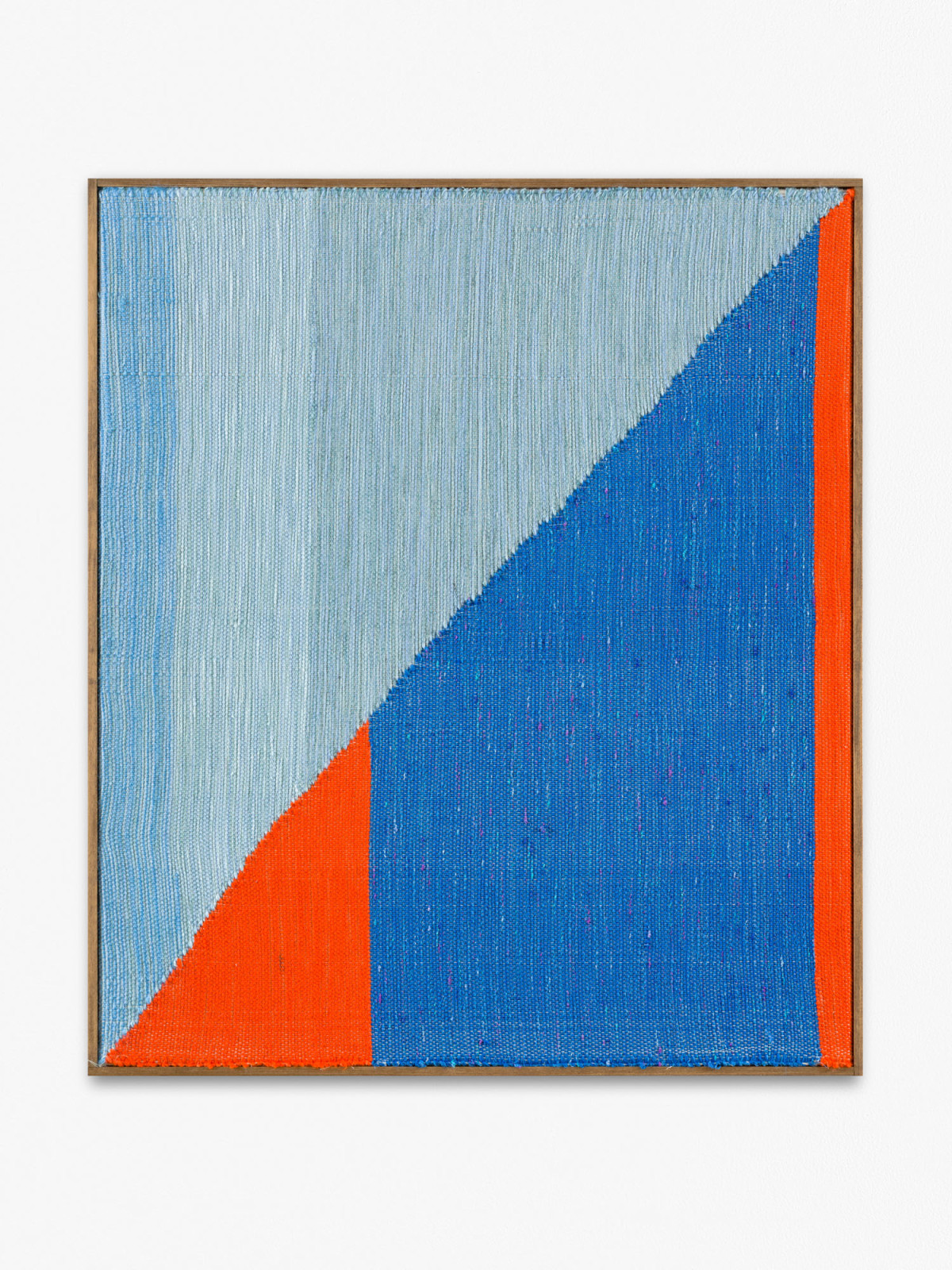

‘The implications of the changing shoreline – evidence of an increasingly anthropocentric world – prompted us to ask invited artists: What does it mean to be in relation?’ write co-curators Candice Hopkins and Tairone Bastien in their introduction to the exhibition. Courtesy: the artists photographs: Vlad Lunin Commissioned by the Toronto Biennial of Art. New Mineral Collective, Pleasure Prospects, 2019, columns, casts of prospecting bore holes, rammed earth, hand-pulverized black copper slag, copper, zinc, steel, fine gold and silver shavings, aluminium and concrete. But this mix of hardness and insecurity has reignited a local conversation about what it means to be in Toronto that is central to ‘The Shoreline Dilemma’, an intriguing, self-interrogating biennial that comes, appropriately, at a time when the biennial model itself is subject to growing scrutiny.

Now stop talking about it.’ World-class indeed is the city’s ballooning housing market and related shortage of affordable space – Toronto recently ranked number two on the UBS Global Real Estate Bubble Index – which has made it difficult for many, artists included, to live and thrive there. Anyone who has lived in Toronto has probably heard the dubious term ‘world-class’ used to assert the city’s so-called cosmopolitanism a 2016 Globe and Mail headline read, ‘Toronto, you’re a world-class city.


 0 kommentar(er)
0 kommentar(er)
